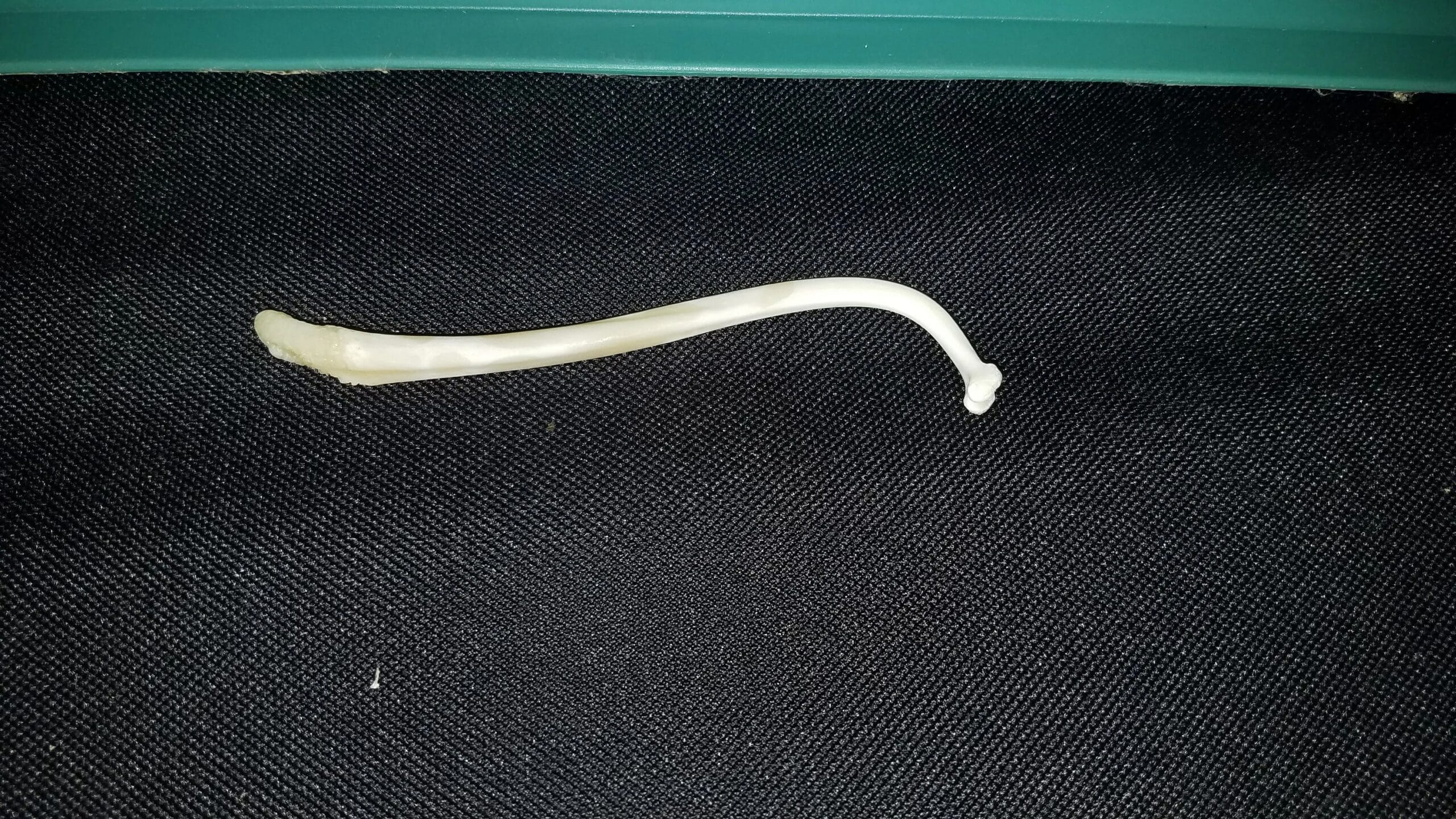Nerite snails are prized algae eaters in freshwater aquariums, but their egg-laying habits can be a nuisance. Those tiny white dots stubbornly clinging to every surface? Those are nerite snail eggs, and while they won’t hatch in freshwater, they require management. This guide provides everything you need to know about identifying, removing, and minimizing nerite snail eggs in your aquarium. Are you struggling with other pest issues? Learn to differentiate between squirrel droppings vs rat droppings or uncover the secrets of the intriguing raccoon baculum.
Decoding the Dots: Nerite Snail Egg Identification
What Do Nerite Snail Eggs Look Like?
Nerite snail “eggs” are actually tough capsules, each housing 30-100 true eggs. These capsules are small, white, and oval-shaped, often resembling sesame seeds or grains of salt. They typically appear in clusters on hard surfaces like glass, rocks, decorations, and even filter intakes. Don’t be fooled by any color changes; this doesn’t mean they’re about to hatch in freshwater.
The Brackish Water Myth: Hatching and Breeding
Why Don’t Nerite Snail Eggs Hatch in My Aquarium?
Nerite snail eggs require brackish water—a mix of fresh and saltwater—to hatch. Your typical freshwater aquarium lacks the specific salinity and mineral composition necessary for successful hatching. While extremely rare instances of hatching might occur, the larvae won’t survive. This brackish requirement likely stems from their natural habitat in estuaries, where rivers meet the sea.
Breeding Nerite Snails: A Brackish Endeavor
Breeding nerite snails in a home aquarium is notoriously challenging, even for experienced aquarists. It requires a carefully maintained brackish water environment to mimic their natural estuarine habitat, not merely increased salt in a freshwater tank. Current research suggests specific trace minerals might also play a crucial role, and ongoing studies continue to explore factors like temperature and water flow.
The Impact of Unhatched Eggs: Maintaining a Healthy Freshwater Aquarium
Why Remove Nerite Snail Eggs?
While unhatched nerite snail eggs won’t introduce a population explosion, they can still impact your aquarium’s health and aesthetics. In freshwater, the capsules will eventually decompose, contributing to ammonia and nitrite spikes that can negatively affect water quality and the health of your fish and other aquarium inhabitants. Moreover, many aquarists find the white dots unsightly.
Managing Nerite Snail Eggs: Removal and Prevention
Removing Nerite Snail Eggs: A Step-by-Step Guide
Gather Your Tools: For hard surfaces like glass and decorations, a razor blade (exercise caution!), an old credit card, or a dedicated algae scraper are effective. For delicate surfaces, such as plants or other snails, use a soft toothbrush or a cotton swab.
Scrape Gently: Using your chosen tool, carefully scrape the egg capsules off the surfaces. Be mindful not to scratch or damage your aquarium décor.
Target Small Clusters: For individual capsules or those in hard-to-reach areas, a toothbrush or cotton swab allows for precise removal.
Dispose of Responsibly: Never flush the scraped eggs down the toilet. Dispose of them in the trash to prevent any potential introduction of non-native species into local waterways.
Preventing Nerite Snail Eggs: Separating the Sexes
The most effective long-term solution is separating male and female nerite snails. However, sexing nerites is notoriously difficult. While some aquarists suggest looking for a thicker right tentacle in males, this method is not always reliable. There’s ongoing debate among experts regarding consistent and accurate sexing techniques.
Other Prevention Strategies: Managing Expectations
Some aquarists try changing water parameters or diet to discourage egg-laying. However, these methods have shown limited effectiveness. Consistent manual removal remains the most reliable approach. Choosing nerite snail species known to be less prolific egg-layers might reduce the frequency of cleaning, but it won’t eliminate it entirely.
Nerite Snail Lifespan and Diversity
Nerite snails typically live for one to two years in an aquarium. With over 200 different species, they boast a wide array of shell patterns and colors. While most require brackish water for hatching, there may be slight variations between species in their specific requirements. Further research is needed to definitively categorize these differences.
The Ongoing Mystery: Future Research and Unanswered Questions
Our understanding of nerite snail reproduction is continually evolving. Current research suggests that specific trace elements and other environmental factors might influence hatching success. As scientists continue to explore the complexities of these fascinating creatures, our knowledge will undoubtedly expand.
This guide empowers you to effectively manage nerite snail eggs in your freshwater aquarium. By understanding their lifecycle and implementing the strategies outlined here, you can maintain a healthy and visually appealing tank while enjoying the algae-eating benefits of these unique and helpful snails.
- HelpCare Plus: Revolutionizing Affordable and Accessible Healthcare - December 29, 2024
- Boom & Bucket: Your Digital Marketplace for Used Heavy Equipment - December 28, 2024
- Ankle Bones Crossword Clue: Solutions, Tips & Anatomical Insights - December 28, 2024














